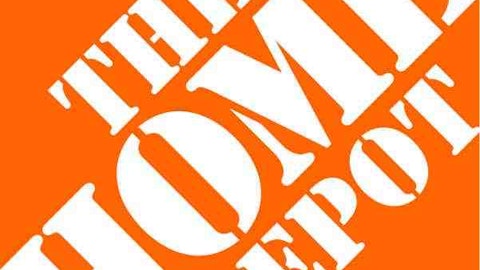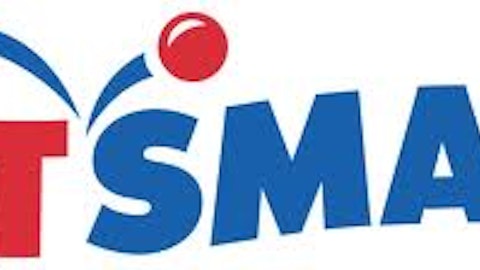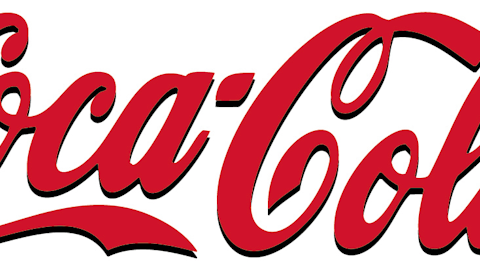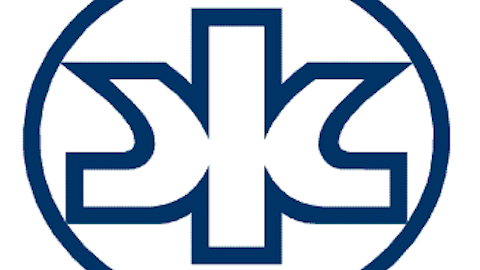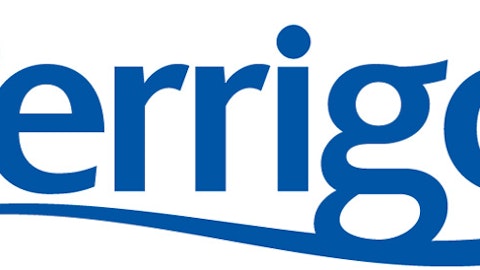Dividend payments
P&G has increased it dividend payment to reach slightly more than $0.60 per share this year. This puts the company’s annual yield at 3%. This annual yield is close to the dividend yield offered by other companies: Johnson & Johnson offers an annual yield of nearly 3.0%, while Colgate-Palmolive provides a yearly yield of 2.3%. L
Outlook for fiscal year 2014
The company has updated its projected core earnings per share in fiscal year 2014 to range between $4.25 and $4.33 – an increase of 5% to 7% compared to 2013; this puts the mean at $4.29 per share. Considering in 2014 the expected global economy will grow by 3.5% to 4%, P&G’s expected rise in growth isn’t that high.
Moreover, since inflation in advanced economies will be around 2%, and for emerging and developing economies it will be around 5.6%, most of the company’s growth won’t come from an increase in volume, but from price increases. Relying mostly on price increases might eventually result in a drop in volume, which will cut the company’s growth in revenue.
In comparison, Johnson & Johnson has a slightly brighter outlook for the year: based on the company’s current expectations for 2013, its net earnings will grow by 6% to 7%. Most of the growth will come from its pharmaceutical segment and outside of the U.S. Let’s factor in these outlooks when we compare these companies’ valuations.
Valuation
In terms of valuation The Procter & Gamble Company (NYSE:PG) is close to its peers, as its enterprise-value-to-EBIT ratio is 15.7. This ratio accounts for a company’s capital structure and not just its operating profits. In comparison, Colgate-Palmolive’s ratio is 16.5, and Johnson & Johnson has an EV-to-EBIT ratio of 16.

This means Procter & Gamble isn’t expensive compared to its peers, and only slightly expensive compared to the industry’s average. But Johnson & Johnson has higher potential growth than Procter & Gamble has. This puts Johnson & Johnson slightly ahead of Procter & Gamble in terms of valuation.
Takeaway
Proctor & Gamble is still a solid, low-thrills investment for those who wish to mostly rely on the company’s dividend yield and limited risk. The company’s guidance isn’t high for 2014, which means unless Proctor & Gamble cuts costs further or expands to other markets or segments, its profits won’t rise anytime soon. Therefore, investors might benefit from examining other companies that offer a similar dividend yield but could grow faster, such as Johnson & Johnson.
The article Is It Worth Investing in Procter & Gamble? originally appeared on Fool.com and is written by Lior Cohen.
Lior Cohen has no position in any stocks mentioned. The Motley Fool recommends Johnson & Johnson and Procter & Gamble. The Motley Fool owns shares of Johnson & Johnson.
Copyright © 1995 – 2013 The Motley Fool, LLC. All rights reserved. The Motley Fool has a disclosure policy.
